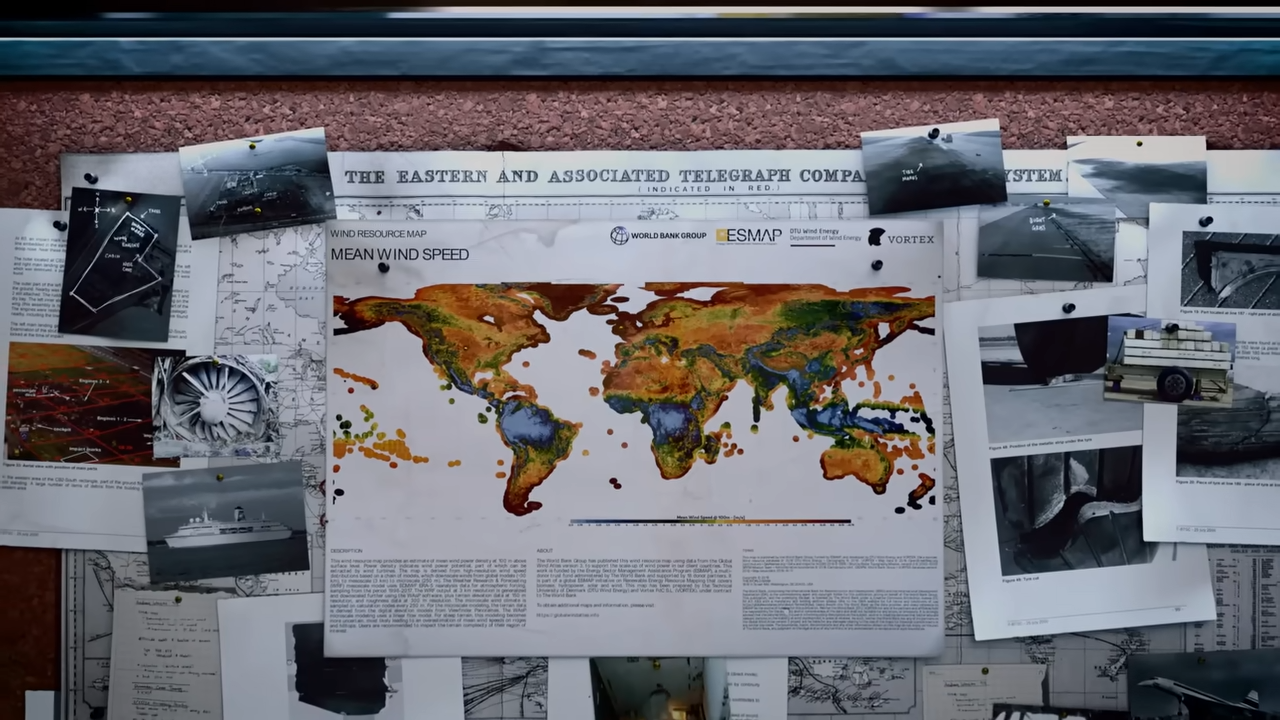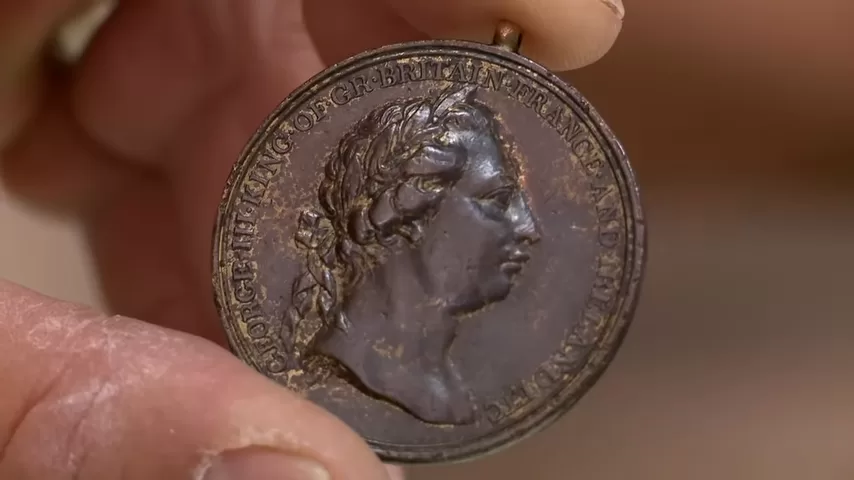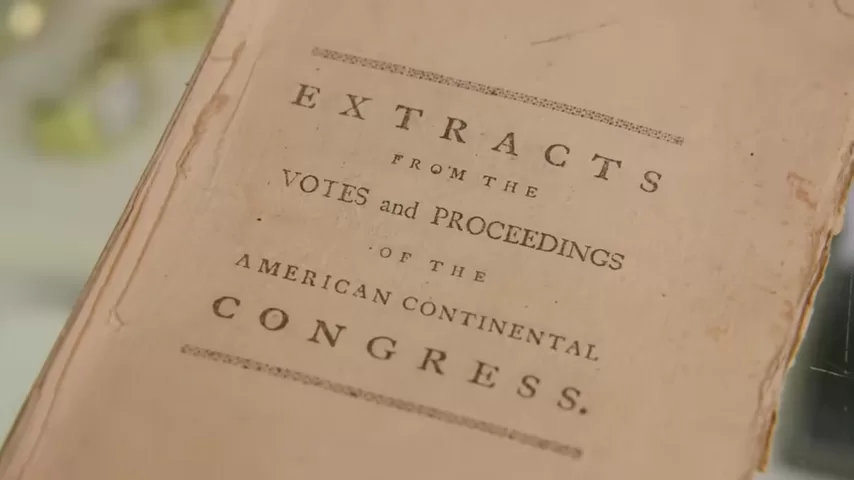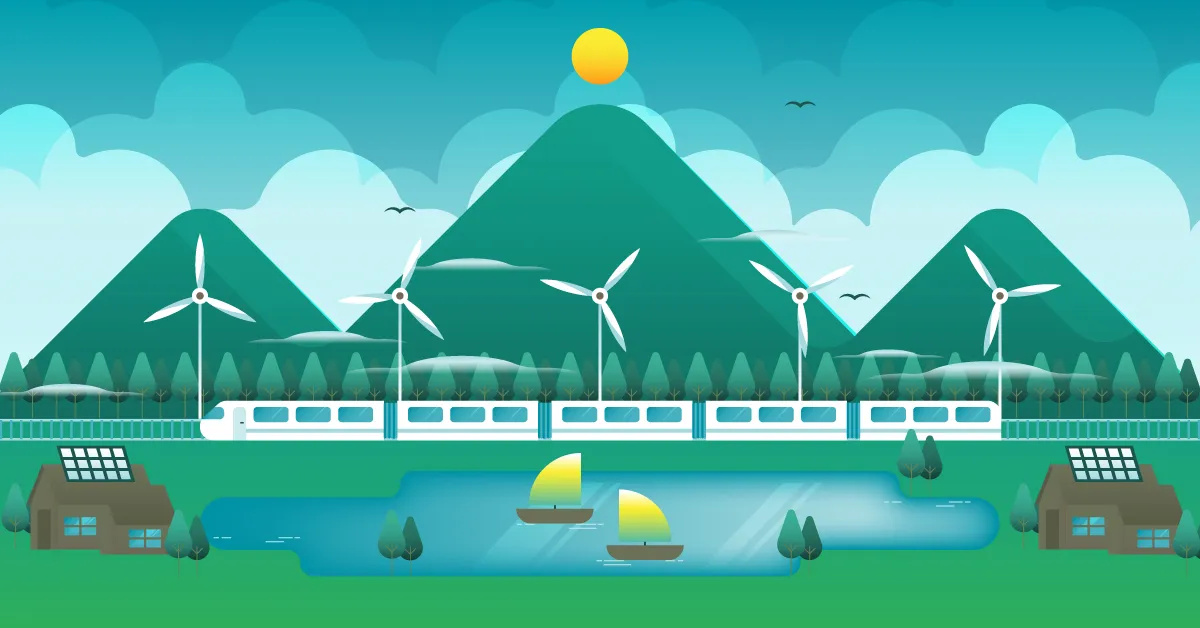Wind energy is often touted as one of the most promising renewable energy sources, but integrating it into modern power grids comes with significant challenges. Countries like Ireland, with its abundant wind resources, have made great strides in harnessing wind power, but the road to a sustainable and stable wind-powered grid is filled with hurdles.
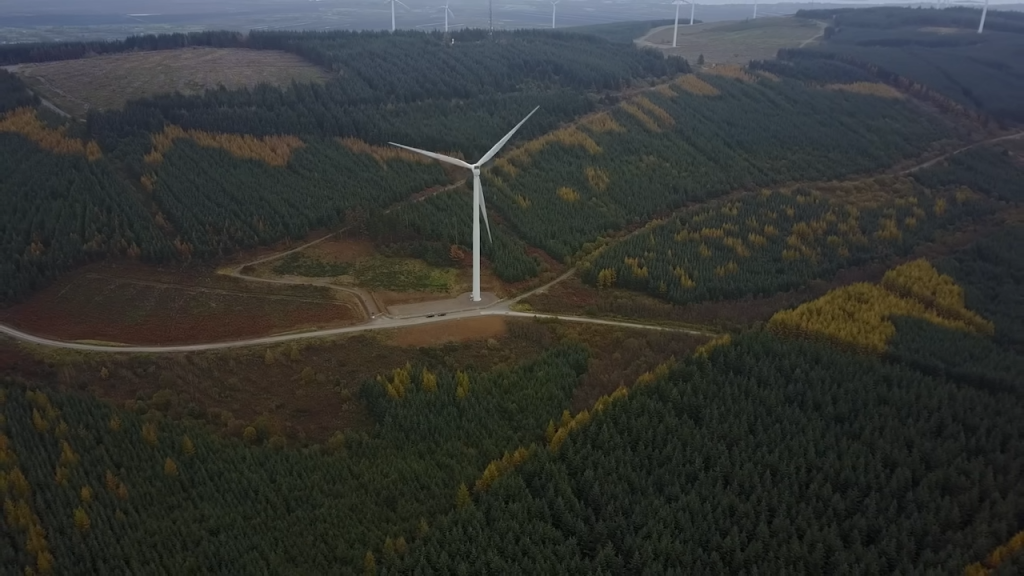
The Potential of Wind Energy
Wind energy has already proven its ability to power entire nations for hours at a time. In Ireland, a powerful storm once allowed wind to supply 100% of the country’s electricity for three consecutive hours. As wind turbines grow larger and more efficient, their potential to transform global energy landscapes is undeniable. However, several technical and logistical challenges must be overcome to fully capitalize on this clean energy source.

Engineering Complexities of Wind Turbines
Modern wind turbines are engineering marvels, but their complexity presents maintenance and durability issues. Most wind turbines rely on a gearbox to convert slow rotor speeds into high-speed rotation needed for electricity generation. These gearboxes, often weighing up to 15 tons, are designed for a 20-year lifespan, but in practice, many require extensive maintenance or replacements after just 7 years. Offshore wind farms, exposed to harsh weather conditions, experience even greater maintenance challenges.
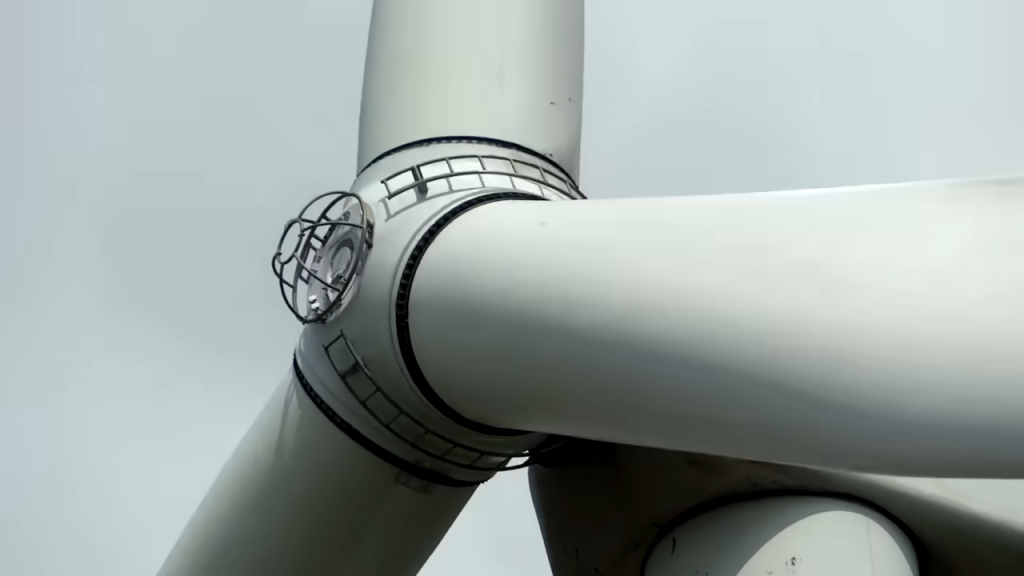
To address this, some newer turbines use direct-drive systems, eliminating gearboxes altogether. The Haliade-X, the world’s largest wind turbine, employs a 250-ton generator with a 10-meter rotor disc to achieve efficiency without a gearbox. However, these direct-drive systems rely on rare earth metals like neodymium and dysprosium, creating supply chain vulnerabilities, as China controls 90% of the global supply.
Grid Stability and Frequency Challenges
One of the biggest challenges in wind energy integration is grid stability. Traditional power plants, like coal and nuclear, operate at constant speeds, providing a stable grid frequency (e.g., 60Hz in the U.S.). In contrast, wind turbines operate at variable speeds, making their energy production inherently unstable.
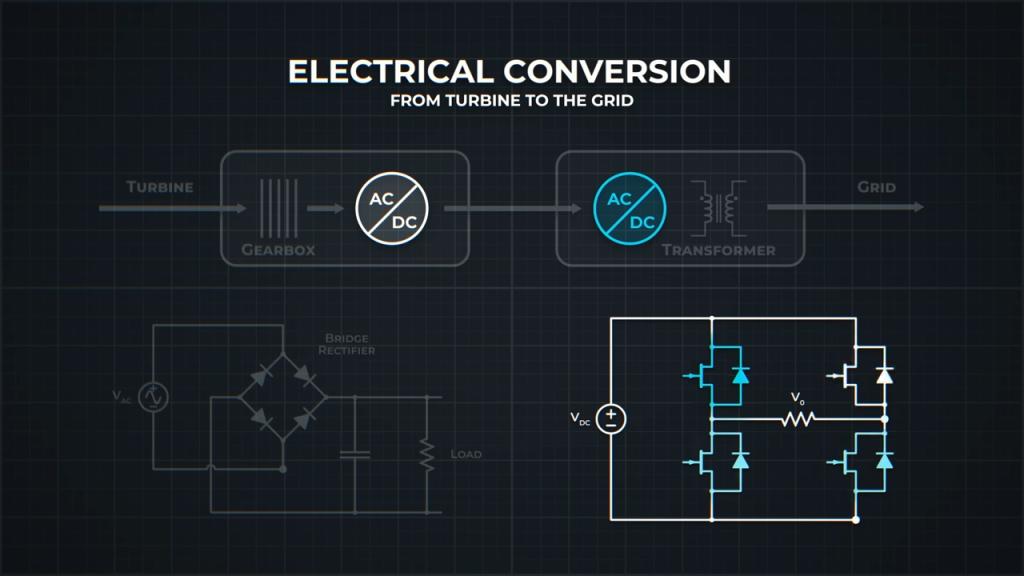
To stabilize power output, wind-generated electricity must be processed through inverters, converting inconsistent AC power into usable grid power. However, this process removes the inertia that traditional power plants provide, making the grid more sensitive to demand fluctuations.
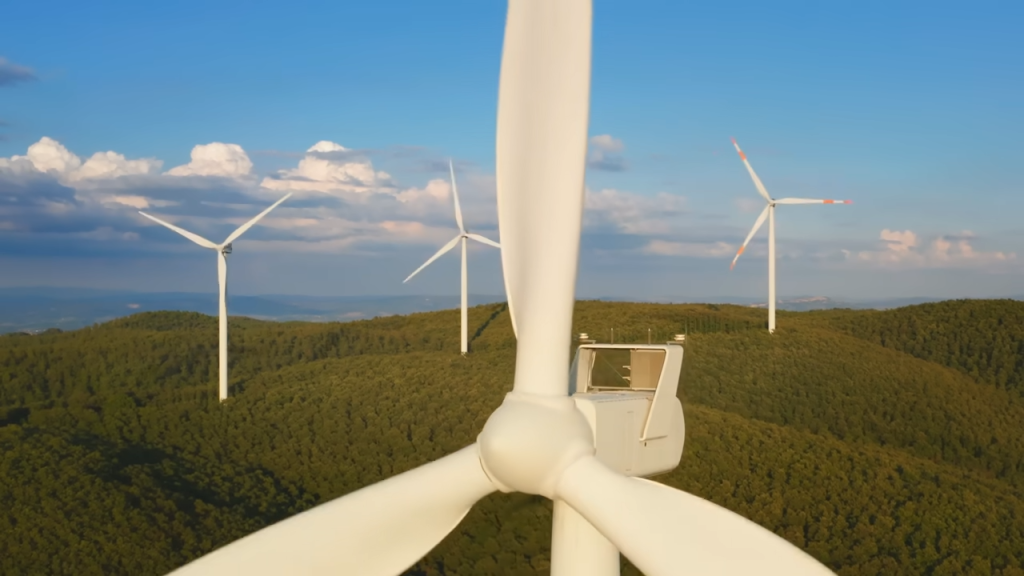
A notable example of grid instability occurred during the 2021 Texas freeze, where the grid frequency fell dangerously close to 59 Hz, risking a complete blackout. While wind turbines were partly blamed, failures in natural gas plants and Texas’ isolated grid structure also played a major role.
Innovative Solutions for Grid Stability
Countries heavily investing in wind energy are exploring creative solutions to mitigate these challenges. In Ireland, engineers installed a 120-ton flywheel to act as an artificial stabilizer, ensuring grid frequency remains constant. This flywheel rotates at 3,000 RPM, storing kinetic energy that can be released instantly to balance sudden demand fluctuations.
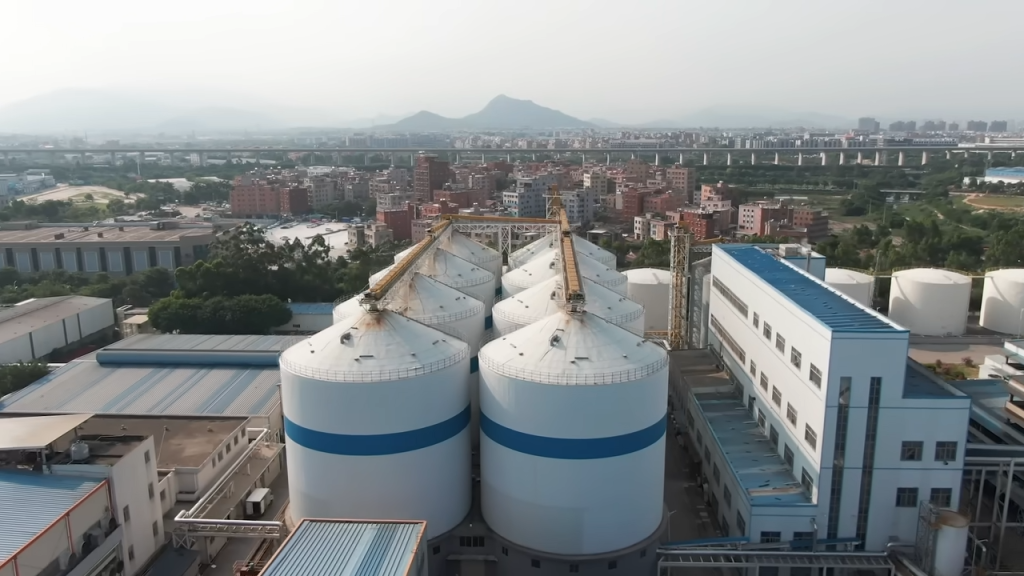
Ireland also plans to expand its energy storage infrastructure, aiming to store excess wind power in hydrogen for long-term use. This would enable Ireland to export surplus energy and reduce its reliance on fossil fuels.
The Future of Wind Energy
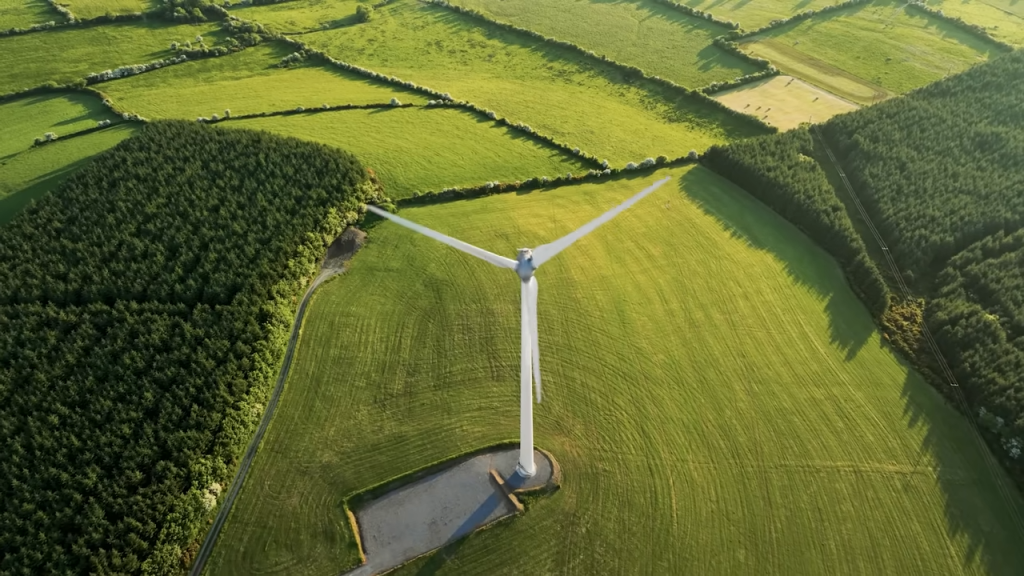
While wind energy is a cost-effective and sustainable solution, it requires significant technological advancements and infrastructure investments to overcome its limitations. Key areas for future development include:
- More efficient energy storage systems (e.g., hydrogen and battery technology)
- Advanced grid management technologies
- New materials for turbine construction to reduce maintenance costs
Final Thoughts
Wind energy has the potential to revolutionize global electricity generation, but it must be implemented carefully to maintain grid stability and reliability. Countries like Ireland are at the forefront of finding innovative solutions, demonstrating that the future of wind power is bright—but requires continued investment and engineering advancements.
